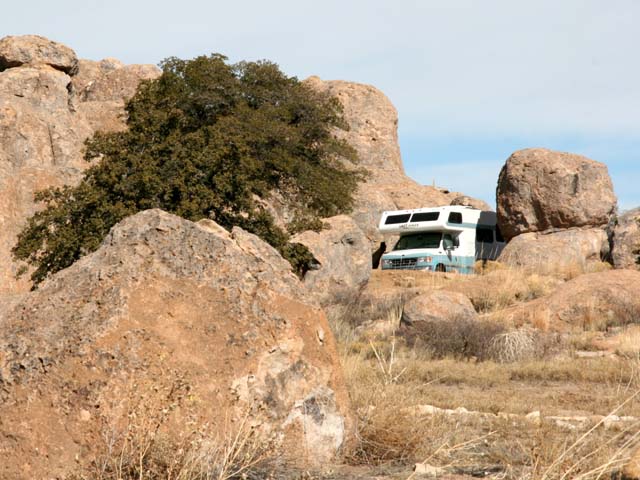Especially about history (no surprise there!).
Like many folks, we enjoy learning about events and people we had not been aware of before and we truly appreciate re-learning that which we may have forgotten over the years. We also find it great fun to learn about those bits of history that - for whatever reasons - were left on the editing room floor when many school history text books were written.
But what we really relish are the occasions when we learn things that set the record straight (our revelation regarding Paul Revere comes to mind).
And that’s why our day in Plymouth, Massachusetts (September 19, 2008), was so satisfying. That day, we got it all. We not only learned new “stuff” about the Mayflower and the “Pilgrims” (a term that was not generally used until the 1800s...who knew?) and their settlement at Plymouth, we also were reminded of things we had forgotten, we learned about things that we should have learned way back when, and we were able to correct some misinformation that we had harbored in our heads for years.
For example, did you know that of the 102 passengers who sailed on the Mayflower, only 41 of them were English Separatists, the folks who had arranged for the voyage to the New World? Only 41!
Yet I’m willing to bet that many folks (including me) grew up with the idea (fostered by the history books of my youth) that the entire ship was filled with folks fleeing religious persecution.
So who were the other people on board the Mayflower? They were individuals or families simply hoping for a better life in a new colony, or businessmen hoping to make some profit in that new colony.
Yes, the Separatists’ quest to find a place to worship as they chose was an important part of the story of the very first colony in New England. But it’s equally important to acknowledge that it is only part of that story.
Our day in Plymouth told us (as Paul Harvey would say) “the rest of the story.” We began with a visit to the Mayflower II, an authentic replica of the original ship.

As you can tell from the photo, it was not a very large ship. Actually a cargo ship, the Mayflower spent 66 days in the fall of 1620 crossing the often rough Atlantic Ocean during hurricane season with its 102 passengers and 30 crew members.
And if one did not already have an appreciation for what these folks were willing to endure in their pursuit of a better life for themselves and their children, then just consider this: for the sake of their own safety and that of the crew, the passengers were mostly confined to their very crowded quarters below deck. It was cold and dark (no candles allowed, again for safety’s sake) and very, very damp. And that was when the seas were calm!
Our next stop was the Plimoth Plantation, a wonderful living history museum that offers a glimpse into the world of both the original New England colonists and the Wampanoag People (the Native Americans who were living in what is now the Plymouth area at the time of the Mayflower’s arrival).

The moment you walk through the gate of what is called the English Village, you are immersed in the year 1627. Much research went into what is on display in the village and it’s thrilling (especially for a history junkie) to know that you are getting a truly authentic look at how the first New England colonists lived.
You are encouraged to go from house to house and talk to the village’s “residents”. The costumed role players have taken on the names, life histories and viewpoints of the folks who actually lived in Plymouth in 1627. They will joke with you, debate with you, gossip with you and answer any and all questions you may have about life in 1627.

It was engaging, it was entertaining and it was altogether very satisfying. So, if you ever find yourself in Plymouth, Massachusetts, we heartily encourage you to put the Mayflower II and the Plimoth Plantation on your "must see" list. We promise you, you will get a thoroughly enjoyable education and very possibly a re-education in what life was like for our first New England colonists.
--- Barbara (back home in Solvang)

No comments:
Post a Comment